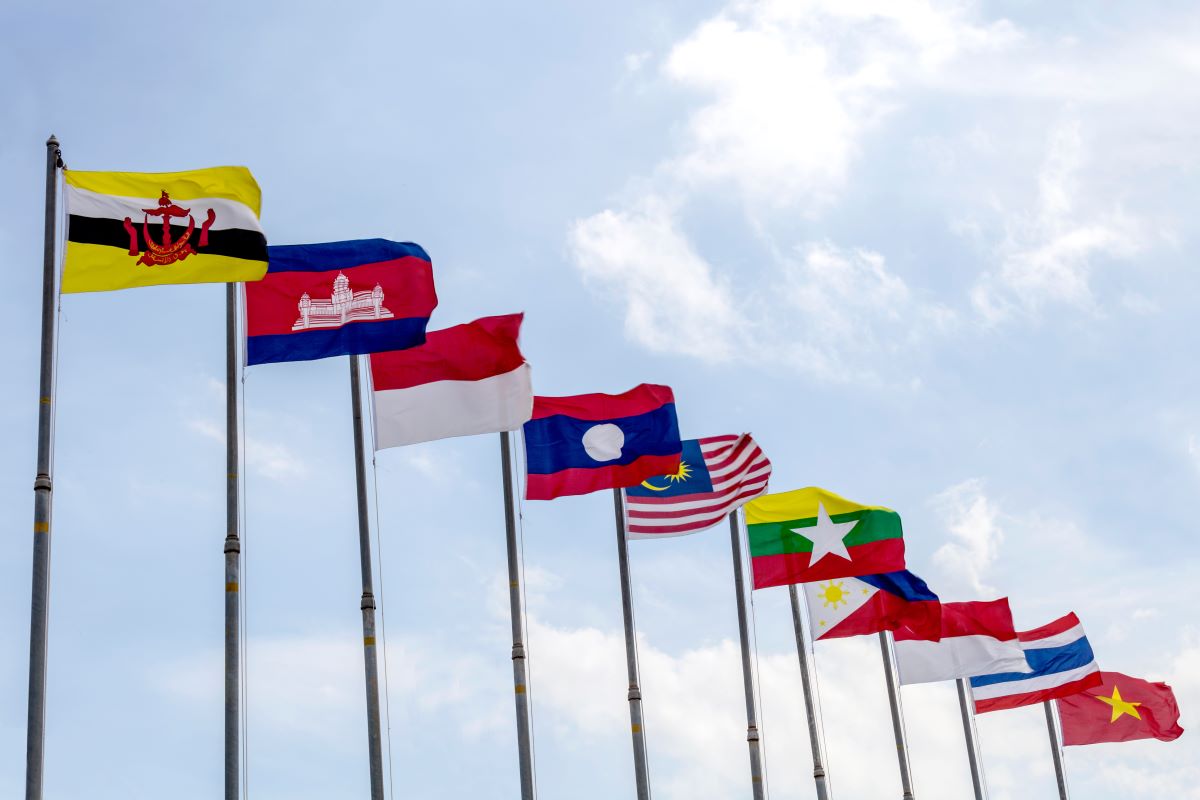Southeast Asia is emerging as a popular investment destination for investors looking to reduce reliance on a single economy, and while broader Asia has ample opportunities, investing in Southeast Asia is favoured due to the rapid growth prospects of the region. We take a look at some of the major economies in the region which are also part of ASEAN and explore the various investment trends and opportunities available.
“SEA continues to be a bright spot in an otherwise dim global economy. As the US continues to limp out of recession, and the EU continues to deteriorate, SEA is a rising star of the global economy,” PwC previously said in Perspectives on South East Asia. “The region’s potential is hard to ignore — strategically located at the centre of Asia Pacific, these countries’ economies are driven by the growth of China and India, but also more and more by the phenomenal and dynamic demands of the region’s own large populace.”
The World Bank expects South Asia to see an average growth of 5.6% in 2023, while growth is expected to moderate at 5.9% in 2024. The IMF has dialled down its growth forecast for Southeast Asia in its May report, cutting the growth expectation for ASEAN economies to 4.6% in 2023 from 5.7% previously.
Inflation in Southeast Asia seems to have peaked and is already dropping in some economies. Thailand’s headline inflation dropped to its lowest in 21 months in May, Malaysia’s consumer prices rose at the slowest pace in 11 months in May, Indonesia’s inflation has come fallen to the upper end of the central bank target, Vietnam is already cutting interest rates to spur economic growth, and the Philippines saw inflation slowing for the fourth straight month in May.
Avenues for investing in Southeast Asia
Southeast Asia is a diverse region with developed as well as developing markets which present unique opportunities. Rising wages, higher FDI and strong connectivity with the rest of the world are what is driving investor focus to the region. But where are the prime opportunities for investing in Southeast Asia?
Singapore: The city-state is one of the few developed markets in Asia and has sophisticated investment policies. Fixed-income assets such as government and corporate bonds are popular in Singapore, especially due to rising interest rates. Singapore is also home to several major banks, which are enjoying a higher net interest margin resulting in better profits. Lastly, the Singapore property market is soaring and rental incomes are rising. The red-hot property market is attracting rich foreigners, but Singapore is now taking steps to cool the market through higher taxes.
Vietnam: The Southeast Asian country has been a major beneficiary of China plus one strategy and has a booming manufacturing industry. The country has cheap labour, good shipping networks and rapid urbanisation is driving the infrastructure and housing market. Meanwhile, consumption is another area of focus due to the rise of the middle class in Vietnam. While Vietnam is a frontier market, there is optimism among market participants that the country will be upgraded to emerging market status soon.
“The more aggressive and more ambitious budget spending from the government will help the economy as a whole because it will provide liquidity to the whole economy and it benefits across many sectors so first of all banking sector will have more credit property sector will have more liquidity to resolve the current difficulty that they have and also domestic consumption when people have more jobs, especially infrastructure spending will help the FDI in the long run as well,” Quyhn Le Yen, Portfolio Manager at Dragon Capital tells AsiaFundManagers.
Malaysia: Rising manufacturing and services sector is helping the Malaysian economy, along with a skilled workforce and developed infrastructure. The country is part of the ‘Regional Comprehensive Economic Partnership’ (RCEP), which is expected to boost growth. It is one of the few export-heavy countries in Asia, and exports crude and palm oil. Malaysia also has a well-established industrial sector, such as electronics, pharmaceuticals and telecommunications.
Indonesia: The largest economy in Southeast Asia, Indonesia has a stable economy, ample natural resources and favourable demography to support investments. The country is a major exporter of commodities and has seen the highest FDI in metals, mining transportation, property and telecommunications in 2022. The export bans on nickel, bauxite and copper are expected to boost Indonesia’s downstream industry.
Thailand: Known for its tourism sector, Thailand is enjoying the boost from the post-pandemic recovery. The country’s equities are currently the worst performing in Asia, but the recent election result is expected to bring several changes. Apart from tourism, Thailand is known for industries such as — automobiles and spare parts, rubber products, electronic integrated circuits, and other industrial machinery and parts.
“Going into a third week after Thailand’s general election on May 14th, the Thai stock market softened and the bond yields rose on uncertainty over the government coalition,” Insight Provider Bondcritic who publishes on Smartkarma. “As a credit research house, we have looked into the Thai bond market several times and have concluded the market is more for issuers, not for investors as domestic bond yields in Thailand are simply not attractive for international investors.”










 Australia
Australia China
China India
India Indonesia
Indonesia Japan
Japan Malaysia
Malaysia Philippines
Philippines Singapore
Singapore South Korea
South Korea Taiwan
Taiwan Thailand
Thailand Vietnam
Vietnam
 Germany
Germany Hong Kong
Hong Kong USA
USA Switzerland
Switzerland Singapore
Singapore









